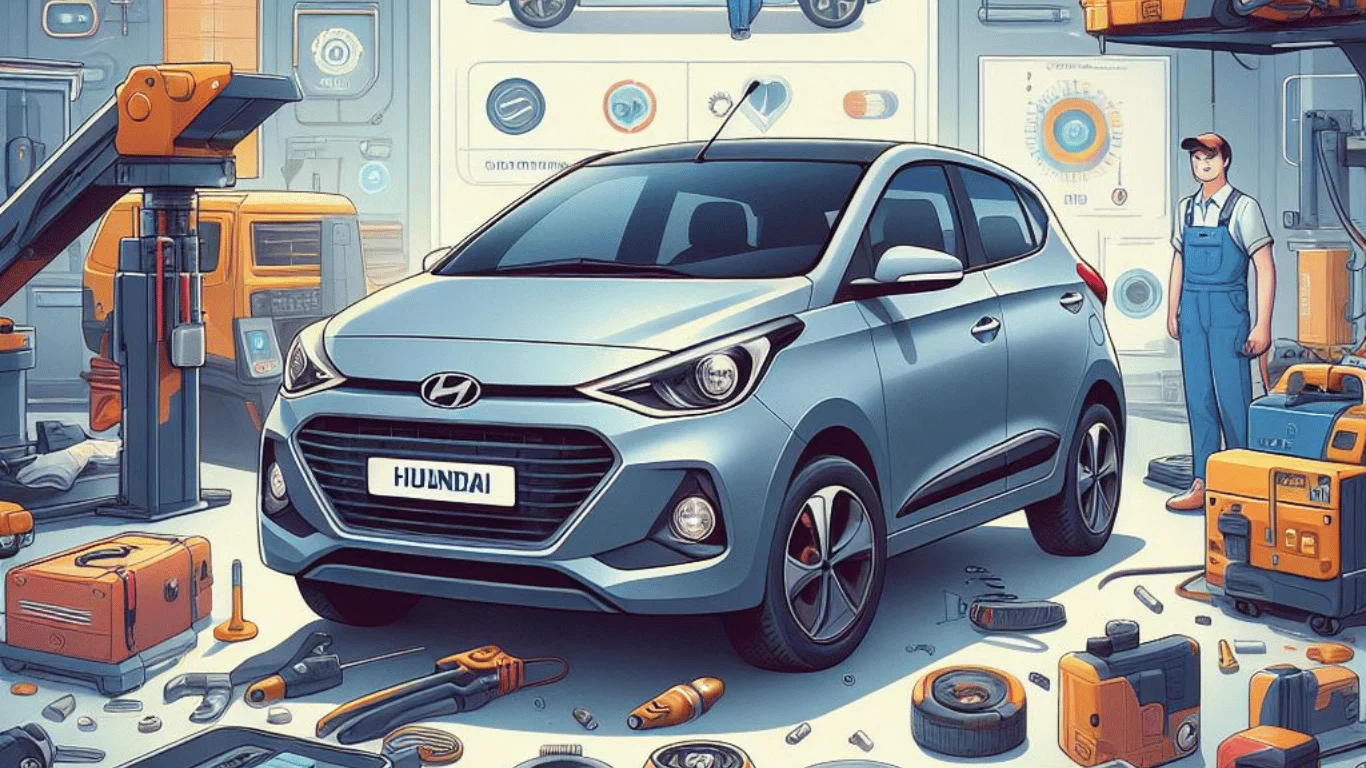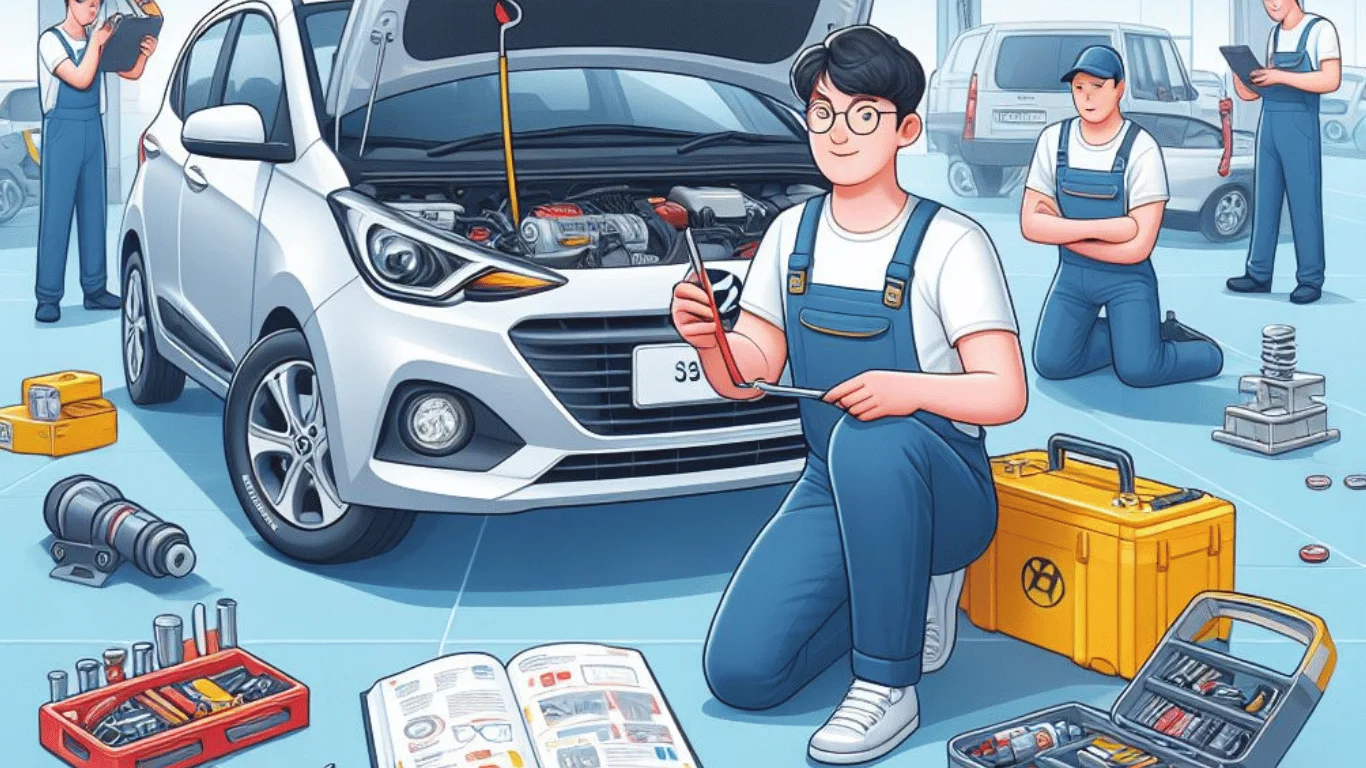
When your car starts to shake when you brake and the steering wheel vibrates during braking, it’s more than just an inconvenience. That sudden pulse under your feet or hands could signal worn parts, unsafe driving conditions, and even a looming repair bill you’re not prepared for. Ignoring those vibrations while braking moments often makes the problem worse, leaving drivers anxious each time they press the pedal.
Most causes of car shake during braking are easy to identify and can be fixed before they become dangerous or expensive. By spotting the issue early, you save time, money, and most importantly, keep your ride safe.
In this guide, we’ll break down the most common reasons your car shakes while braking, how to recognize early warning signs, and what steps you can take next. You’ll learn about worn rotors, tire issues, brake pads, and other culprits that often go unnoticed until the problem escalates.
Why Does My Car Shake When I Brake: The Real Issues Behind the Vibrations

If you’ve noticed your car begins to shake when you brake, you’re not alone. This issue ranks among the top searches from drivers trying to figure out why their steering wheel vibrates during braking or why the whole vehicle feels unstable when slowing down.
The causes vary, but they usually point to worn brake components, tire problems, or issues within the suspension system. In this section, we’ll explore each possible reason in detail so you can better understand what’s happening and how to respond before the problem grows worse.
Warped Brake Rotors and Why They Make Your Car Shake
One of the leading causes of a car shake when braking is warped or uneven brake rotors. The rotors are the flat, round discs that your brake pads clamp down on to stop the vehicle. Over time, heat buildup and friction can cause the rotors to wear unevenly. When that happens, the pads can’t make smooth contact, which leads to the shaking sensation in your steering wheel or floorboard.
Key signs of rotor issues include:
- Pulsing the brake pedal when you slow down
- A steering wheel that vibrates when braking at higher speeds
- Longer stopping distances than usual.
If left unchecked, damaged rotors can reduce overall braking performance, which makes driving more dangerous.
Worn Brake Pads That Cause Uneven Braking

Another common reason your car shakes when braking is worn or uneven brake pads. Pads wear out over time, and when they’re too thin or worn unevenly, they can’t grip the rotor evenly. This leads to a jerky braking experience that feels like vibration through the pedal.
Things to look out for:
- Grinding or squealing noises during braking
- A brake pedal that feels too soft or spongy
- Noticeable shaking that worsens the harder you press the brakes
Replacing pads before they wear down completely is critical because they directly protect your rotors from damage.
Tire Problems That Lead to Shaking During Braking
Not every shake when braking comes from the brake system itself. Tires play a huge role in stability. Worn tread, uneven tire wear, or unbalanced wheels can all create vibration when you slow down. In fact, many drivers mistake tire problems for brake issues because the symptoms feel similar.
Tire-related causes include:
- Out-of-balance tires that vibrate more as speed increases
- Uneven tread that grips the road inconsistently during braking
- Loose lug nuts or poorly mounted wheels
Simple fixes like tire rotation, balancing, or tightening lug nuts can often solve the issue if caught early.
Suspension and Steering Components That Add to the Shake

The suspension system is designed to keep your car steady when braking, but worn parts in this area can contribute to unwanted vibration. Loose or failing ball joints, tie rods, or control arms may exaggerate the shaking you feel when pressing the pedal.
Warning signs of suspension-related issues:
- Excessive vibrates when braking at slower speeds
- Uneven tire wear caused by poor alignment
- A clunky or knocking sound when driving over bumps
Because suspension parts also affect steering, problems here can quickly turn into safety hazards if ignored.
How Heat and Driving Habits Can Make Things Worse
Driving habits play a significant role in why your car shakes when braking. Hard braking from high speeds or riding the brakes downhill can generate extreme heat. This heat warps rotors faster and accelerates pad wear. Even new components can fail early under repeated stress.
Ways to prevent heat-related damage:
- Avoid riding the brakes on long descents by downshifting when possible
- Give your brakes time to cool between heavy uses.
- Have your braking system inspected regularly during tire rotations or oil changes.
Simple changes in how you brake can extend the life of the system and keep vibrations away.
When a Professional Inspection Becomes Necessary

While some issues, like loose lug nuts, are easy to handle, many causes of car shake during braking require a mechanic’s expertise. Professionals use diagnostic tools to measure rotor thickness, check pad condition, and inspect suspension parts that aren’t visible to the average driver.
You should seek professional help if:
- The shaking gets worse over time.
- The brake warning light comes on.
- You feel vibrations even when not pressing the brake pedal.
Delaying repairs could lead to higher costs and unsafe driving conditions.
Conclusion
If your car vibrates when braking, it’s not something to ignore. The shaking could be due to warped rotors, worn brake pads, tire issues, or suspension problems, and each of these can impact your safety on the road.
By paying attention to early warning signs and taking action, you protect not only your vehicle but also your peace of mind. Next time your car shakes when you brake, you’ll know the possible reasons and the smartest steps to take.
Frequently Asked Questions About Car Spoilers
If your car vibrates when braking at highway speeds, it often points to heat-related issues like slightly warped rotors or unbalanced tires that only become noticeable at higher rotations. The faster the wheels spin, the more obvious those minor imperfections feel.
Yes. Even if the pads and rotors are new, improper installation, low-quality parts, or uneven tightening of wheel lug nuts can still make your car shake when braking. In some cases, fresh parts need a short break-in period before they perform smoothly.
Braking downhill creates extra stress on the brake system, which builds heat quickly. If the rotors are already slightly uneven, the added pressure exaggerates the feeling of vibration. That’s why your steering wheel often shakes when braking on steep grades.
Yes, because any vibration while braking signals that something isn’t working as it should. Even mild shaking under light pressure could mean the start of rotor wear, pad glazing, or an early suspension issue. Minor problems tend to get worse with time.
If the shaking disappears as soon as you lift your foot, the problem is almost always connected directly to the braking system. The pads or rotors are most likely the culprits, since they only come into play when the brake pedal is pressed.
Yes. Poor alignment puts uneven pressure on tires, which then transfers that imbalance through the steering wheel and suspension. While it’s not the most common cause, misalignment can amplify vibrations that show up most clearly during braking.


























![24 Different Types of Reliable Cars and 7 Practical Maintenance Tips [Smooth Performance]](https://www.nxtmotors.com/wp-content/uploads/2024/08/Most-Reliable-Car.jpg.webp)







